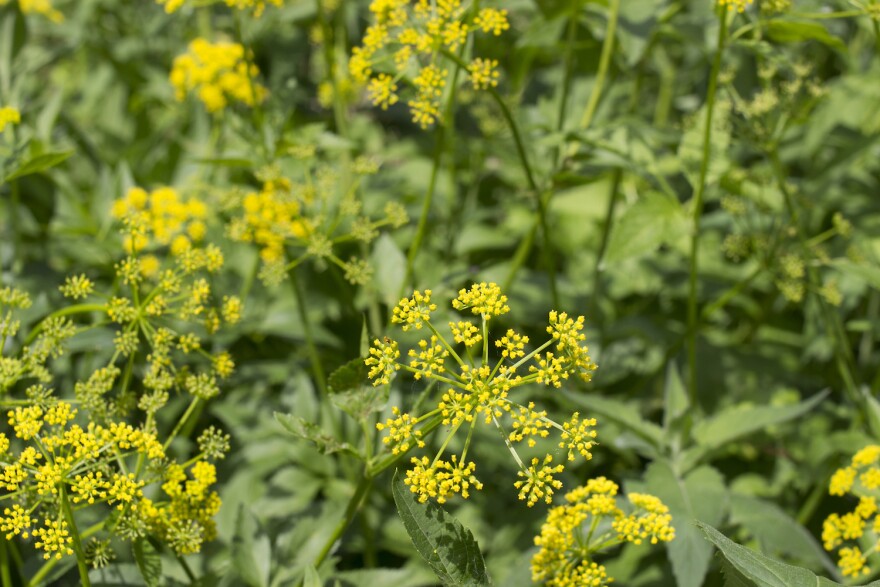The Vermont Department of Health is warning people about the dangers of a common roadside plant known as poison parsnip.
Poison parsnip is a wild cousin of the edible parsnip — but you definitely do not want to eat this one — as it contains sap that can cause serious burns.
State Toxicologist Sarah Vose urges residents to avoid contact with the plant.
"If people see poison parsnip," Vose said, "they should not pick the flowers."
Unlike poison ivy, it is not the leaves of the poison parsnip that cause rashes, but rather the sap. Vose said people should be careful to avoid "direct contact with the sap," which could happen if someone is trying to remove the branches or picking the flowers.
The poison parsnip has yellow flowers that resemble Queen Anne's Lace and can be found in many parts of Vermont.
If you think you've come in contact with the poison parsnip, wash the affected area off.





